Gates of the Arctic has no trails, roads. That's partly why the park is so special.
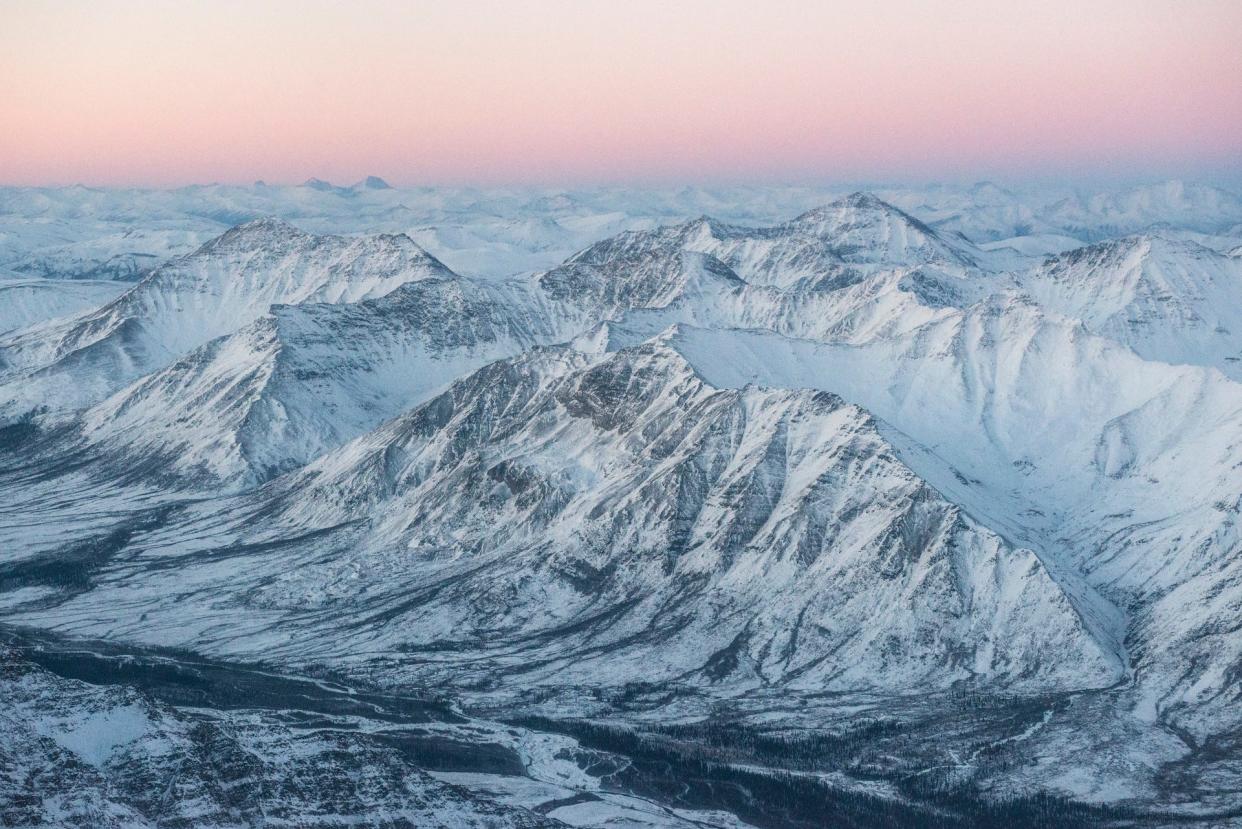
Gates of the Arctic National Park and Preserve isn’t for the faint of heart.
It’s rugged and raw, challenging to reach and equally tricky to traverse, but it can also be incredibly rewarding.
“It’s as wild and remote a place as you can find in North America,” said Peter Christian, chief spokesperson for Public Affairs for the National Park Service’s Alaska region. “Gates of the Arctic is really one of those places that has been set aside to be exactly how it was before humankind started making its presence known on the Earth, so it’s just full of grandeur, full of beauty.”
Here’s what travelers should know about the Alaska treasure and latest national park in USA TODAY’s yearlong series.
Adventure awaits: What to expect at Denali National Park and Preserve
What is special about Gates of the Arctic?
“If you're looking for superlatives on Gates of the Arctic, it's hard to know where to start,” Christian said.
Situated entirely above the Arctic Circle, Gates of the Arctic is the northernmost national park in the U.S. and second largest behind Wrangell-St. Elias. Together with its preserve, Gates of the Arctic spans 8.5 million acres of North Central Alaska’s Brooks Range, according to the park.
“When you get dropped off there, you become instantly aware of how small you are in the world,” Christian said. “And then the fact that Gates the Arctic has six wild and scenic rivers and two national natural landmarks (Arrigetch Peaks and Walker Lake) really adds to the mystique of the place.”
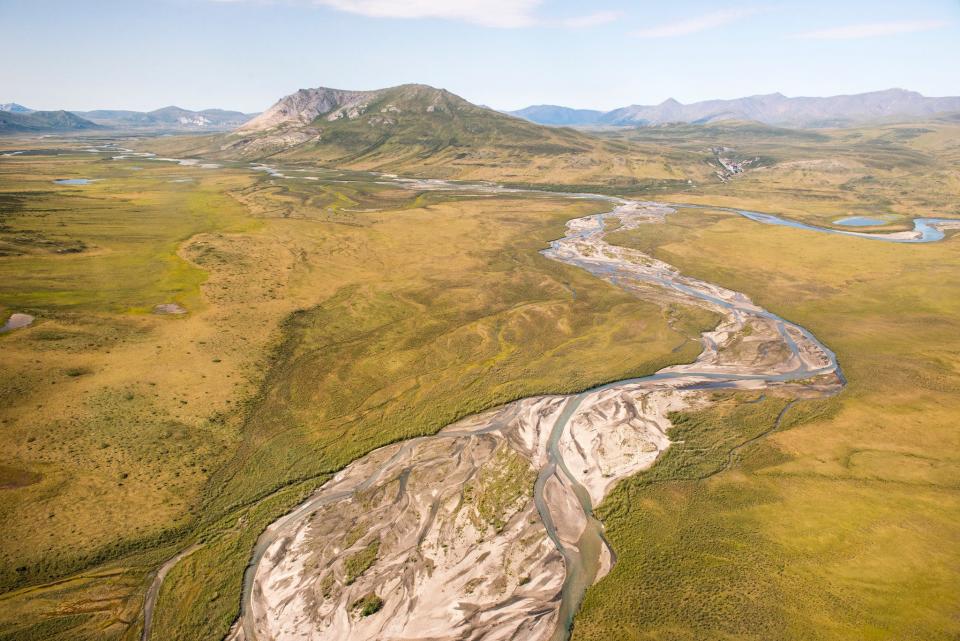
How do you get to the Gates of the Arctic?
Christian said most travelers start off in Fairbanks and catch a daily flight to the small town of Bettles, where air taxis or bush planes are available to fly into or over the park.
“Even for Alaska, Gates of the Arctic is sort of above all the rest in terms of difficulty of reaching it, solitude, remoteness,” Christian said.
Visitors can either backpack through the park on foot or travel by kayak, canoe or raft along the park’s designated wild rivers.
How much does it cost to go to the Gates of the Arctic?
There are no entrance fees at Gates of the Arctic, but visiting takes both time and money.
“You can do overnights or just overflights,” Christian said. “But it takes a couple days and not a little bit of money to get you there.”
He recommended 10 days minimum to really get into and around the massive park.
For perspective, a 10-day guided backpacking tour of Arrigetch Peaks costs $5,995 through Alaska Alpine Adventures, one of the authorized visitor service providers at Gates of the Arctic.
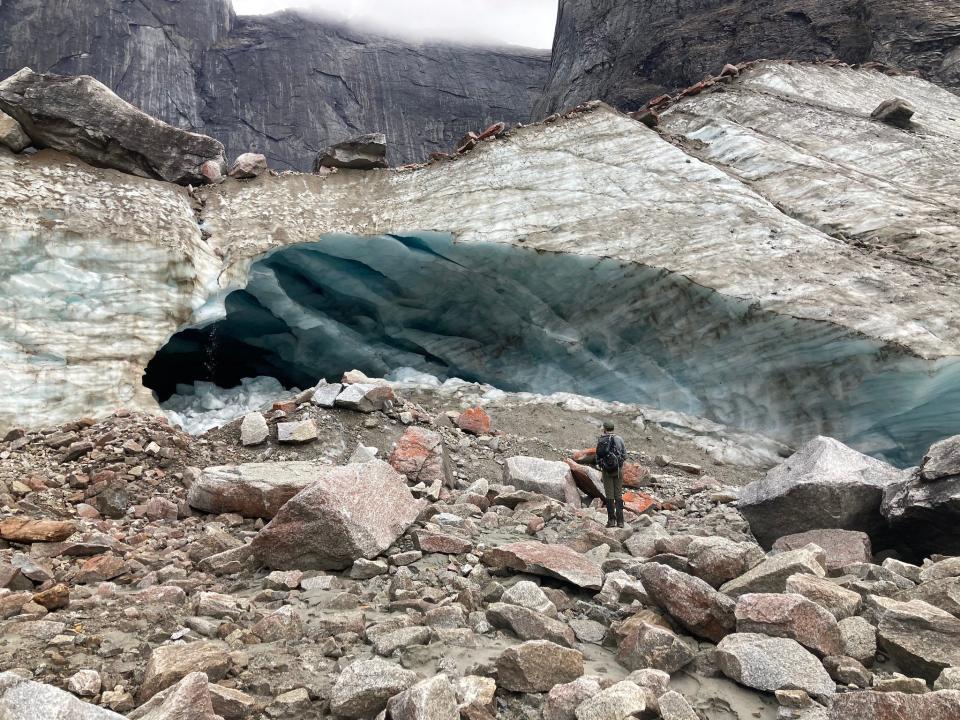
Can you drive into Gates of the Arctic?
“There are no roads, really no facilities, no trails,” Christian said.
“Sometimes people will do a combination of both. They’ll hike to a spot and then deploy a pack raft or hike to a predetermined location where one of the bush planes has left a boat for them,” Christian said. “You’ve got to be pretty skillful as a backcountry traveler.”
What do you need to visit Gates of the Arctic?
“Visitors to the park should be PROFICIENT in outdoor survival skills, and be prepared to care for their own life and their partner(s) if an emergency arises,” the park’s website stresses with capital letters.
“We like to call it the black belt park,” Christian said. “You kind of come here once you've sort of graduated from other places, and you've learned enough backcountry skills to keep yourself out of trouble. And even then, people still get into trouble because there's a lot that can go wrong when you're out there by yourself.”
It’s not uncommon to not run into another person for days in the park, which has neither visitor services nor cell coverage, though satellite phones work.
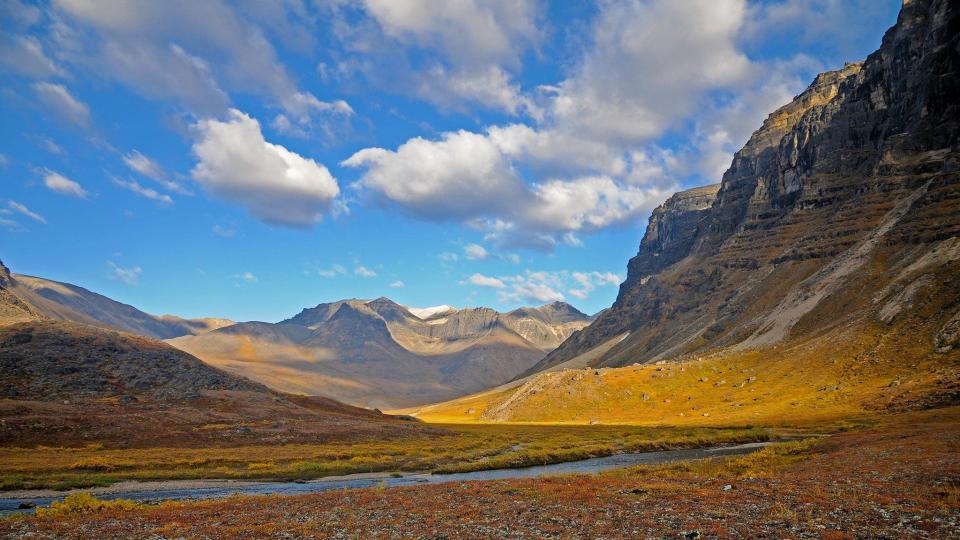
Does anyone live in Gates of the Arctic National Park?
The Alaska Native village of Anaktuvuk Pass is completely surrounded by Gates of the Arctic.
“It was settled by the Nunamiut people, and they were literally the last migratory people in North America. There are still elders alive who remember moving seasonally back and forth between camps,” Christian said. “It's not that there's a park in their backyard. The park is their homeland and it always has been.”
The park’s website notes that Native peoples have lived there for at least 12,000 years. Anaktuvuk Pass is one of 11 resident zone communities in the area that practice subsistence activities in the park.
Are there polar bears in Gates of the Arctic?
“Never say never,” Christians said. “Polar bears wander quite a bit and if they need to, they'll come south from the Arctic coast into the mountains, but it's a pretty rare event – although people have said that as the climate is changing, and there's less sea ice, that there have been sightings of polar bears inland.”
Brown bears are the predominant bears in Gates of the Arctic.
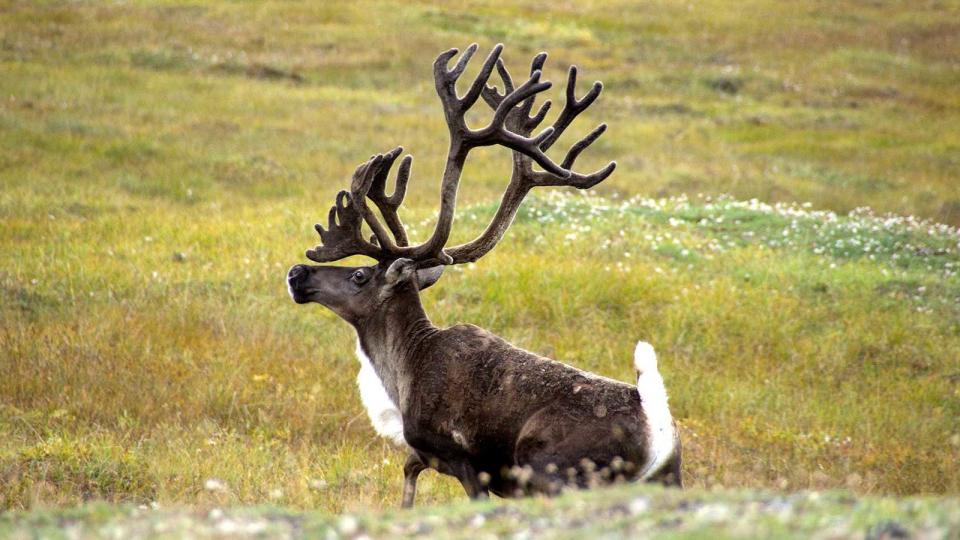
How cold does it get in Gates of the Arctic?
The park’s average minimum and maximum winter temperatures are -67 F and 33 F, according to its website.
“For the 12 or 13 years I lived there, I’d say your average (winter) days is 20 below zero, and that’s just normal,” Christian said. “You get closer to the springtime, it might get up to zero, but then at night it would punch back down to 20 or 30 below. So 20 below is pretty solid. And then there'd be times in the darkest parts of the winter when it will be 50 below. We’d hit 50 below and just stay there for three weeks at a time.”
This article originally appeared on USA TODAY: Gates of the Arctic National Park is ‘as wild and remote’ as it gets

